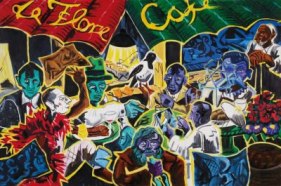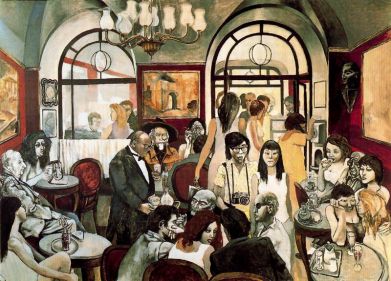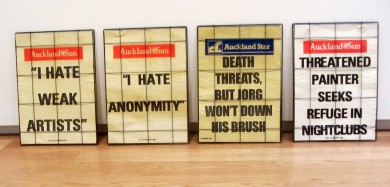In 1987 celebrated German neo-expressionist painter Jörg Immendorff became Auckland Art Gallery’s first international artist in residence. He caused a huge sensation with his excessive and “outrageous” behaviour, spending his time in Auckland night clubs wearing acres of bling jewellery, consuming oceans of the best champagne, seducing countless women, and – shock horror, perhaps the biggest crime – never setting foot outside the city to see New Zealand’s beautiful scenery. All this came to an abrupt end when the stock market crash ruined him financially. Shortly before his departure, in January 1988, a parcel was left on the doorstep of his gallery flat, containing a dead rabbit, a dead bird and a skull and crossbones postcard with the message “Expiry date 23.1.88”. This was taken as a death threat and he was rushed off to a luxury hotel. Speculation remains as to whether it was a genuine death threat, perhaps from a jealous lover (or an affronted art lover?), a hoax – or even whether he staged the whole thing himself.
In 2001, a NZ-born artist Michael Stevenson, then living in Berlin, created an installation Call me Immendorff, about his NZ visit and the ensuing media outcry. In 2002 an expanded work was an entrant in the Walters Prize in Auckland. The Auckland Art Gallery is currently exhibiting a section of Stevenson’s work as well as the painting Immendorff gave the gallery at the end of his stay.
The following is an exploration of Immendorf’s painting, which as you can see I got rather carried away with; where photos are uncredited they are mine.
1. Jörg Immendorff Readymade de l’histoire de Café Flor 1987 + 2. Detail
The accompanying label states that the wine waiter is a self-portrait; he is serving drinks to his favourite artists: Joseph Beuys (Immendorff’s teacher, who always wore a distinctive hat and is here lighting Duchamp’s cigar), Marcel Duchamp, Ernst Ludwig Kirchner, Otto Dix and Max Beckmann. The title refers to the use of existing objects – “readymades” – as art; for example Duchamp’s inverted and signed urinal exhibited as Fountain – which, like Immendorf himself, created considerable public consternation. The painting is full of iconographic references, which I have been trying to decode. The picture on the floor (3. below) almost certainly refers to Duchamps’ painted nudes in a charateristic pose and his love of chess (he gave up art for chess) – see the following photo of him (4.) :
There is also a figurine on his hand – what does that signify? It is a nude – but it could also be a representation of the female persona Rose Selavey which Duchamp adopted in 1920 to explore his sexuality.
There is a picture on the wall behind the couch of the inside of a shed? studio? (5.), with the roof partially collapsed – but could it in fact be a mirror? The waiter’s profile and the tops of the heads of the three on the couch are reflected, though it could be a glass-fronted picture – or perhaps a window? Each of these would have a different meaning. The German text top left seems to read “Versuch adler zu werden” which literally means “eagle will be temptation [or trial]” – no idea what that could mean, although “eagle” may be a reference to the German eagle, a nationalist symbol; he painted an eagle a number of times (see 15. below). On the floor under the hole appears to be a flattened figure – perhaps having fallen through? There is also a reference here to Duchamp: the black shape on the left is a deconstructed bicycle, perhaps that from which Duchamp made his Bicycle Wheel sculpture. On the right, a shadowy monkey/devil figure leans against a picture frame – perhaps alluding to the “temptation”; this is said to also be a self-portrait – notice the waiter’s pointy devil-like ears, similar to those in the figure in the painting. This monkey character appears in many other artworks, for example Café Deutschland, Howler 1992 (6.) and Angaben folgen [Follow information?] n.d. (7.). The monkey figure apparently represents the role of the artist; however Immendorff shared Cézanne’s view that the artist should be more than just an imitative monkey, so I’m not quite sure why he represents artists (including himself) as monkeys.
Perhaps the scribble on the black board on the table is a reference to Beuys’ teaching, where he was prone to fill blackboards with diagrams about art (8.):
I have no idea about the tip-truck shedding its brown load, unless it’s a reference to Beuys’ sculpture Das Rudel (The Pack) (1969), where sleds fall off the back of a van (9.). Another reminiscent Immendorff painting is Malerauto 1 (Painters’ car) 1989, again with the monkey figures representing artists (10.).
The brown stuff on the floor (see 3. above) – which might or might not be an extension of what is coming off the back of the lorry and which at first I thought bore a resemblance to carpet slippers – actually contains a sketchy horse and carriage, with two faint figures, riding through a hilly landscape. These fit within the wallpaper and floor, which are a feast of faint images: mountains, winding roads, more carriages, lots of figures and scenes (11.-13.):
I don’t know what these figures represent, although there seems to be a certain amount of fleeing, and the overall atmosphere is one of a dystopia. There is something of the feeling of the paintings of Kirchner, Dix and Beckmann, who were by all accounts traumatised by their experiences as German soldiers during World War One – as well as their treatment as artists by the Nazis in later years. (Beuys, younger than the others, was shot down in WWII; he spun an elaborate yarn about being rescued and cared for by Berber tribesmen, though in reality it was a German patrol.) Duchamp emigrated from France to America in 1915, avoiding both wars.
I missed almost all of this when I looked at the original, only seeing the details later in the photo. Clearly I did not really look. But it is fascinating, playing detective.
As a footnote, in 2014 Immendorf’s widow tried to have a copy of this painting (which she believed to be a fake) destroyed, but a court ordered that it be preserved. It certainly doesn’t seem authentic.
Immendorff himself did make other versions of this work, and used the same motifs in other works – for example 15. Café de l’histoire. Vater von Morgana (avec Marcel dans Café de Flore) and 16. Dans Café de Flore (avec Max, Otto, Ernst) (detail) – both also dated 1987. It also has Duchamp’s bicycle on the left – and an eagle!
Immendorff continued with café paintings up until his death; you can see here how his style changed: 17. Café (1990) and 18. 1925 Bleckede Elbe (2007). Immendorff was in the last few years paralysed from a neurological condition, and relied on others to execute his work.
Incidentally it is said that Immendorff was inspired in these works by a painting by the Italian artist Renato Guttuso Il Caffe Greco (c.1980) (19.), portraying an famous and very old café in Rome frequented by writers and artists, the walls lined with paintings; today it is a tourist destination. Here Guttuso, like Immendorff, has various characters from history mingling with locals and tourists.
Immendorff was always a controversial figure. He was a very prolific painter and sculptor; he had an international reputation and became wealthy – though some said he was derivative. Certainly trawling through hundreds of images on Google, they did become a little repetitious – but always lively. He was in his early years a left-wing activist, although he was often accused of selling out once he started to make serious money; he loved to hobnob with the famous and powerful. He has been accused of self-aggrandisement by putting himself alongside such prestigious artists. He was of course well-known for his fast living, involving occasional brushes with the law in relation to prostitutes and cocaine. But I have enjoyed getting to know him.
Postscript 25/7/15
I have been in touch with Harry Roedel, a NZer living in Switzerland. He has done his PhD on this painting, and is publishing it next year. We’ll have to wait till then – but he did tell me that every aspect of the painting stands for something else – for example the figure on Duchamp’s hand is indeed the nude woman from the chess photo – what he is saying is “I play, I do the arrangements”. The figures in the wallpaper etc are characters from German history. The mirror reflects a blue picture of his studio.
Back to Michael Stevenson and his Immendorff-inspired installation: The following is a section of Michael Stevenson’s artwork, currently on display at Auckland Art Gallery: newspaper poster “replicas” quoting Immendorff’s comments, imagining headlines. In the original installation there were many more of these, along with various paraphenalia, such as Immendorff’s bed from the Gallery flat and champagne receipts.
There is still lots to know about all of this, but I think I’ll give it a rest now!
Images retrieved from:
4. http://www.theartstory.org/artist-duchamp-marcel.htm
6. http://www.goethe.de/kue/bku/kka/arc/ar9/en10715213v.htm
7. http://www.bilder-fuchs.de/joerg-immendorff-angaben-folgen-bronzeguss-angaben-folgen-2/
8. http://blogs.saic.edu/alivedpractice/
9. http://arteedesignfi.blogspot.co.nz/2012/11/arte-contemporanea-arte-conceitual.html
10. http://www.artvalue.com/auctionresult–immendorff-jorg-1945-2007-germ-malerauto-i-1663131.htm
15. http://lunettesrouges.blog.lemonde.fr/2005/12/19/2005_12_immendorf/
16. http://www.artcotedazur.fr/actualite,109/exposition,110/jorg-immendorff,9586.html?lang=fr
17. http://www.derwesten.de/nrz/staedte/duesseldorf/streit-um-joerg-immendorffs-erbe-id3770631.html
 2.
2. 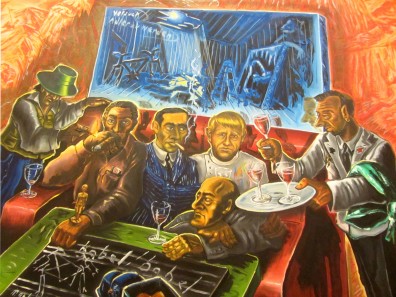
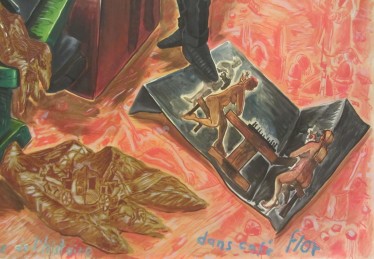
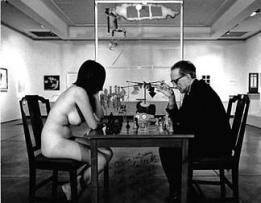

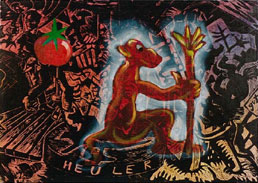 7.
7. 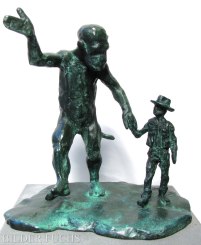
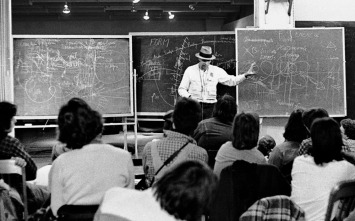
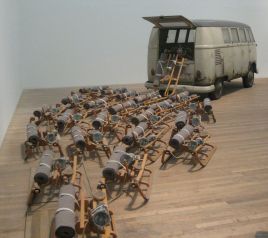 10.
10. 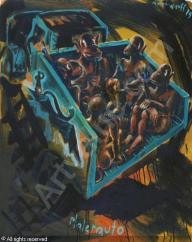
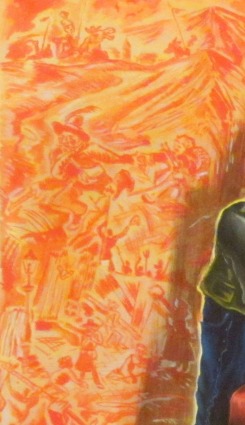 12.
12. 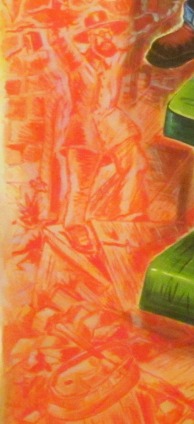 13.
13. 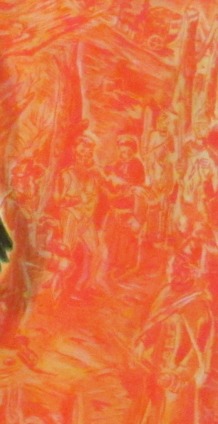
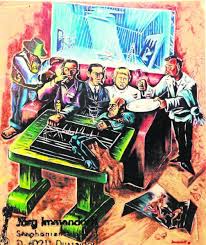
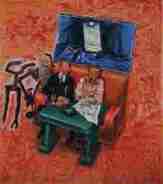
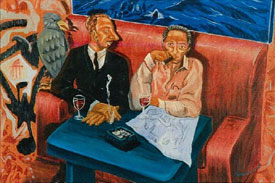
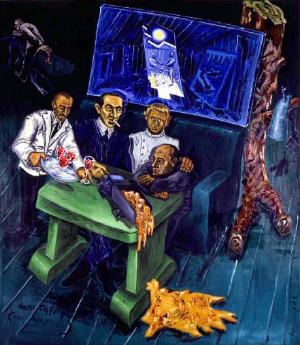
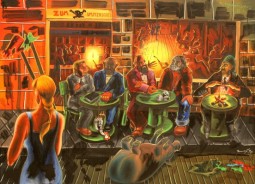 18.
18. 